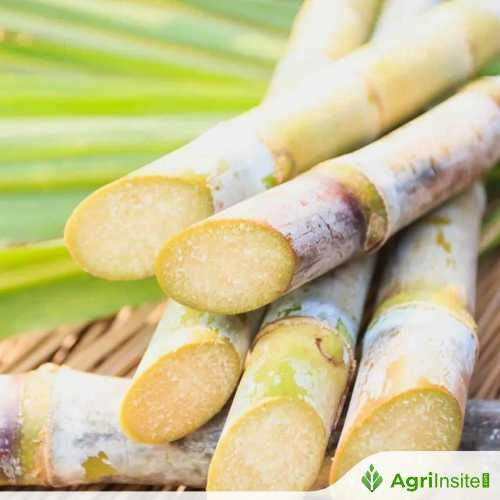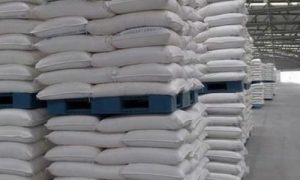Warm November made sugarcane less sweet, prone to pests

Warmer winter temperatures in western Uttar Pradesh, particularly in November, have negatively impacted sugarcane production. November was the warmest month since 1901, with temperatures rising to 20.14°C, leading to higher water content and lower sucrose formation in sugarcane. This has reduced jaggery production and increased susceptibility to pest attacks. Experts report a lower sugar recovery rate this year, affecting farmers’ yields.
NEW DELHI: Warmer winter has reduced the sweetness of jaggery and created a conducive weather for pest attacks on sugarcane plants in western Uttar Pradesh, one of the largest sugarcane producer belts in the country.
According to the India Meteorological Department, November was the warmest month for Northwest India since 1901. The normal mean temperature is 18.77 °C which rose to 20.14 °C. Northwest India meteorological region, of which Western UP is a part, shows 80% deficient rainfall in November.
Generally, local manufacturing centres start processing jaggery from November. But warmer November led to higher water content and lesser formation of sucrose in sugarcane plants reduced its productivity, experts say.
Warmer weather also created a conducive condition of pest attack on sugarcane crops. “There are still relatively higher water content in cane even in first week of December instead of sucrose which led to either lesser jaggery production or no production,” said Nischay Mallik, owner of Freyr Food, a jaggery manufacturing unit in Muzaffarnagar. “The recovery rate of jiggery is still below 8% from the cane,” he said.
According to the latest bulletin of National Federation of Cooperative Sugar Factories, this year sugar recovery rate from sugarcane is 7.85%, which was 8.60% last year. Farmers feel that 15-20% of crops get affected due to diseases and warmer weather.
“Generally, the sugarcane growth stage ends at the end of middle of October and harvesting, processing of crops and jaggery start in early November. But this year monsoon rain extended till the first week of October and later higher temperatures than normal were observed which invited pests and led to late sucrose formation,” said Mallik.
Warm November made sugarcane less sweet, prone to pests
To read more about Sugar Industry continue reading Agriinsite.com
Source : MSN
















